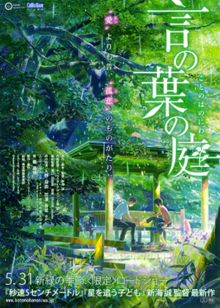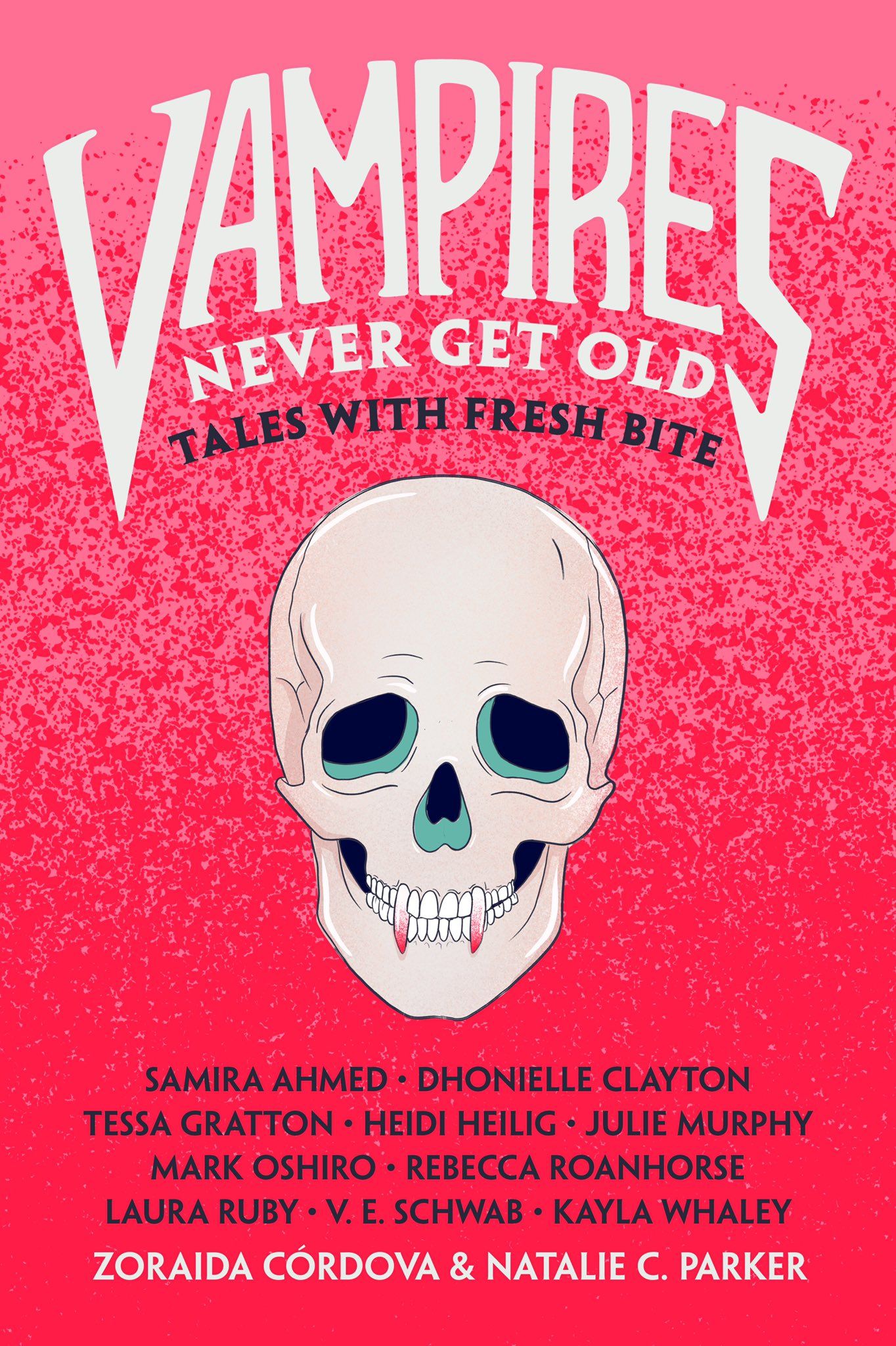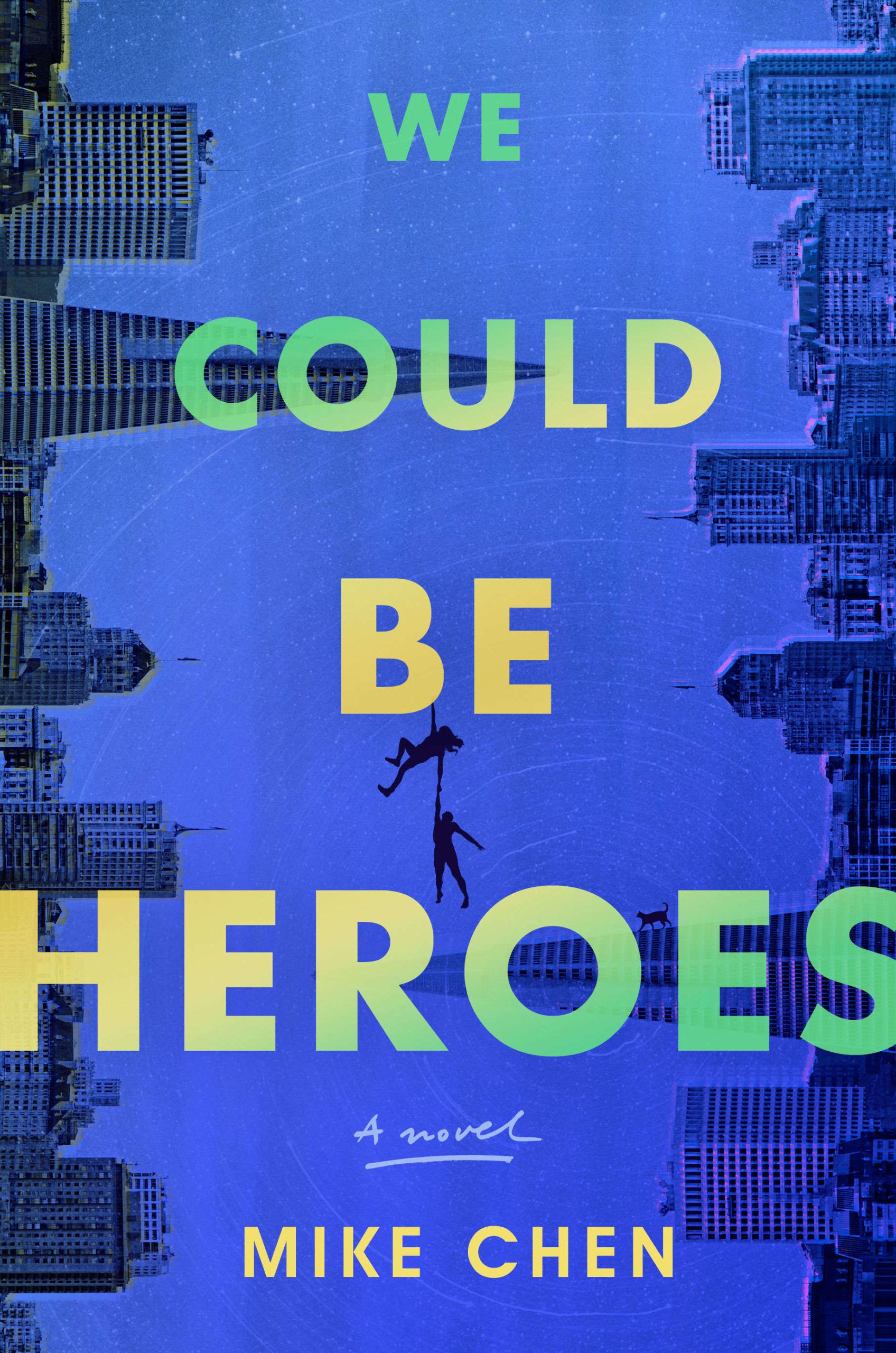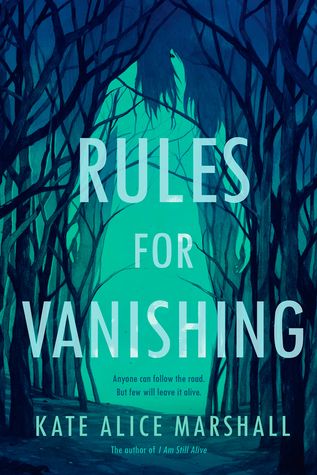
Comics, Rent Free: 6 Novels Lush Enough to Paint Panels in Your Mind
I’m a visual person. When I discover a world I like, while I’ll definitely look for fanfic, I spend the majority of my time questing after fan art. When I read comics, the visual style needs to flow with the story being told, the colors with the action and character’s emotions in a specific panel, and I have put books down because the lettering was half-assed or sloppy or inconsistent with the rest of the book. I’ve also yeeted books from the stack because I couldn’t stand the art even if I loved the story, and vice versa.
In novels, of course, all we have are words. My favorite novels tend to be ones in which the words chosen allow me to form portraits of the the characters, settings, and events in my head as I read. I won’t DNF a book if some of the panels are unclear or are missing. I’ll even keep going if whole pages are blank, but I definitely prefer books that allow me to flip through a mental comic; it’s simply how my dopamine launchers are built.
Every so often a very special novel comes along that’s so lushly or vividly or sharply written that the writer has done the work for me. I don’t have to craft the panels or fill them in, because the writer has chosen words so perfect and focused that this indescribable alchemy beams images directly from the page into my fusiform gyrus, kicks it to the occipital lobe, and presents it to the rest of my consciousness fully formed. These also happen to be the books that have stuck with me after I finished them, not as a collection of words, but as remembered graphic novels I flip through on an as needed basis. And the way the world is, I’ve needed them often.
Here are a few of my absolute favorites.
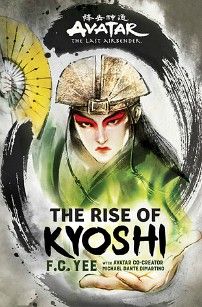
The Rise of Kyoshi by F.C. Yee
Kyoshi lived rent free in my head even before the recent resurgence of Avatar: The Last Airbender, and it is very much due to this novel. Having watched the animated series was helpful to my gray matter when it came to filling in the minute details of Kyoshi’s early years (we don’t get much of her in either the A:TLA or the comics), but it was Yee who told us how she moved, how she thought, what her face looked like in grief, and how her bending changed when she became Avatar. How she and Rangi’s body language changed around one another as they discovered they were in love. This is a novel of transition and change, in which the main character goes from a girl who lives as quietly as possible to a young woman who commands the power of four elements, from a servant with powerful friends to the most powerful person in the world who needs those same friends to remind her she’s human. Yee’s gift to us is to allow is to accompany her on every step of that journey not only with the words he uses, but with the images he uses then to construct, images that are still kicking around in my head more than a year after I first read the book.
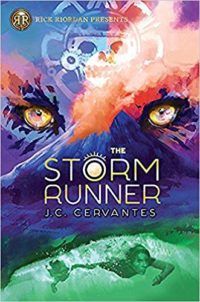
The Storm Runner by Jen Cervantes
This is one of my absolute favorite novels (the first of a trilogy) to come out of the Rick Riordan Presents imprint (I’ve really liked all of them, but if I had to choose…). Though up until a few weeks ago, I would have had concerns regarding an accurate visual version. I certainly don’t trust what my mind put together from the snippets I learned in school and from the media; thinking those were as accurate as sources claimed would have been a serious error in judgment. While I was digging around the Googles for the History A–Z column back in September (AKA yesterday and/or three years ago), I found Paul Guinan and David Hahn’s Aztec Empire 1520, a comic exploring said period in said Empire’s history in collaboration with three archeologists and historians and The National Museum of Anthropology in Mexico City. My hope is that a similar institution might have enough information on Maya culture to undertake a similar project and link it to Cervantes’s work. My brain will be very happy to do the rest.
The Garden of Words by Makoto Shinkai
Full disclosure: Makoto Shinkai made the film The Garden of Words first, then adapted it into a novel. I haven’t yet had the chance to see the movie, so any visuals I’m picking up are my own.
What I find most interesting about the way my brain is visualizing Takao and Yukino’s rainy day retreat: despite the vibrant color of the book’s cover and Makoto’s elaborate, dense, gorgeous prose, my internal eye is building a duochrome home for them. Though that may because the majority of manga adaptations of Japanese novels and films I’ve read are black and white with the occasional full-color “splash page,” I think it has more to do with the contrast of the lush surroundings and the characters’ stark stories, the traumas that drive them to seek shelter in Shinjuku Gyoen Gardens and to forge their strange friendship. I can also envision a version of the comic wherein the Takao and Yukino walk through an everyday world is normally shaded and then, as the enter the garden, the watercolors start to bleed away until they are stripped down to their most basic lines.
Vampires Never Get Old: Tales With Fresh Bite Edited by Zoraida Córdova & Natalie C. Parker
While all of the stories in this anthology are wonderful, Samira Ahmed’s “A Guidebook for the Newly Sired Desi Vampire” kicked my visual and right into gear, filling it with images of a teenager waking up in the shadows in a dingy warehouse, dust motes streaming past the windows, trying to process the information from her new cabal. The information panels would be interspersed with the baby vamps multiple visions of how each of the warnings or instructions might play out, each one more and more lurid until we get to the very solid, very definite, very joyous bit that gives permission to eat one’s colonizer.
Excellent advice, no? And definitely an excellent focal lesson for a baby vamp and cliffhanger panel for a comic.
We Could Be Heroes by Mike Chen (1/26/21)
This is a book about superheroes.
Sort of.
The fact it’s a book about superheroes isn’t why my brain wanted to make it into a comic. My brain wanted to make it into a comic because We Could be Heroes posits the question: sure, everybody can wear the mask—but should they?
Because just when we think we’ve pulled ourselves out of the perennial debate of genre vs. medium, we get pulled back in again, and I feel as though Chen solves the problem definitively as a novel and would do so even more powerfully as a comic, at least the way I’ve mapped it on my neurons and the way it replays in random moments when I can’t sleep and I’m staring at the ceiling and wondering what the hell I can do to fix this disaster of a world. Because while yes, it’s about superheroes (have I mentioned that?), in comic form, relatively few panels would feature derring-do; most of them would be two people finding one another on this trashfire of a planet, helping one another discover who they really are, and, in the end, deciding they other person is worth risking themselves for.
Rules for Vanishing by Kate Alice Marshall
I’m often more terrified but what I don’t see or by what I’m waiting to see than by what I do see, but Kate Alice Marshall showed us everything in Rules for Vanishing and I’m not sure I’ve ever been more terrified reading a book (my cat strolled innocently past the door while I was reading one night and surprised me; I screamed and threw my Kindle at him). Marshall’s descriptions of people, of place, and especially of my most personally sensitive sense, sound were so vivid, I couldn’t not assemble them into a compressive whole and, in fact, I had to fight myself to keep it to a comic (mostly so I wouldn’t scare my self too badly to keep going).
Not everyone is a visual reader. If you are, however, these authors have, quite masterfully, done a bit of the world for you. Pick one of them up to get through that next bit of quarantine.



